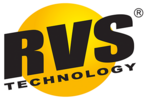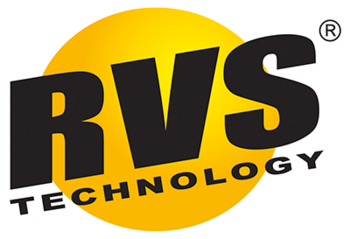Oil-Free Powertrain Test
RVS took part in 2004 to this EU-funded research program in Munich, Germany. Please read the highlights from the results and the Official Final Report from June 2004 below:
The results are shown in Figure 6: The uncoated discs failed within the first 7 minutes, the discs run with the RVS® Technology substance failed after ca.15 minutes. Thus the lifetime of these discs was more than double as high as the lifetime of the uncoated discs (page 46).
After the test traces of silicum could be detected on the surface. The roughness also decreased from Ra = 0.2 µm before the test to Ra = 0.05 µm after the test (page 57). The original grinding texture perpendicular to the circumferential speed wasn't visible anymore.
The conclusion from these tests with the RVS Technology substance is, that at a coating building run at boundary lubrication has a positive impact on the life-time under dry lubrication. The disc roughness decreased and traces of silicium could be detected after this coating building run. However, it was not possible to detect a coating in a metallographic section of the disc surface (page 57).
Factors that might affect detection of the coating:
- RVS modificates the surface structure and integrates with the friction surface metal thus no clear borderline between the coating and base metal can be detected
- The triboceramic nanocoating doesn't cover the whole friction surface equally and totally. The ceramic structure is produced where the real contacts take place.
- The coating film can be and usually is very thin. Perhaps the capacity of measurement device was limited in terms of properties and accuracy.
- X-Ray or Atom Force microscope pictures taken of a grinded edge chipped from the RVS treated part might be more appropriate for the purpose.

